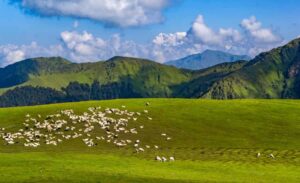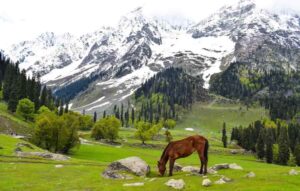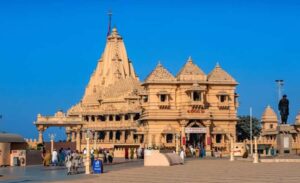Manasbal Lake
Lying at a distance of about 28 kilometers from Srinagaron the route connecting Jhelum to Wular. Unlike other lakes which are polymictic, Manasbal Lake is a monomictic one. The water of the lake is utilized for household and commercial purposes. Fishing is practiced for food and for earning a livelihood. Local people also indulge in the marketing business related to lotus rootstocks which is eaten on a large scale in the state. Water is also used by the local inhabitants as a source of many eatable vegetations and fodder. There are no specific inlets that feed this lake and the only source of water is precipitation. A small outlet connects the lake water to Jhelum River.

Tourism industry highly relies on Manasbal Lake which has gained popularity in recent decades. As far as flora and fauna are concerned, there is a plethora of macrophytes and phytoplankton that can either be found submerged or floating in shallow waters. The benthic and zooplanktons are also found in abundance Cyprinus, a unique exotic species, is also known to exist in the waters of the lake.
A fort belonging to the 17th century that was built in Mughal era is located to the north of the lake. Ahtung is famous for marble extraction. Karewa plateau comprises of lacustrine and fluviatile deposits. Another place of attraction at Manasbal Lake is Garoka lake which is a Mughal Garden and was built by the beloved wife of Jehangir, Noor Jehan. Safarpur is abundant in trees of Chinar; this place is irrigated by a canal constructed by a Mughal ruler.







